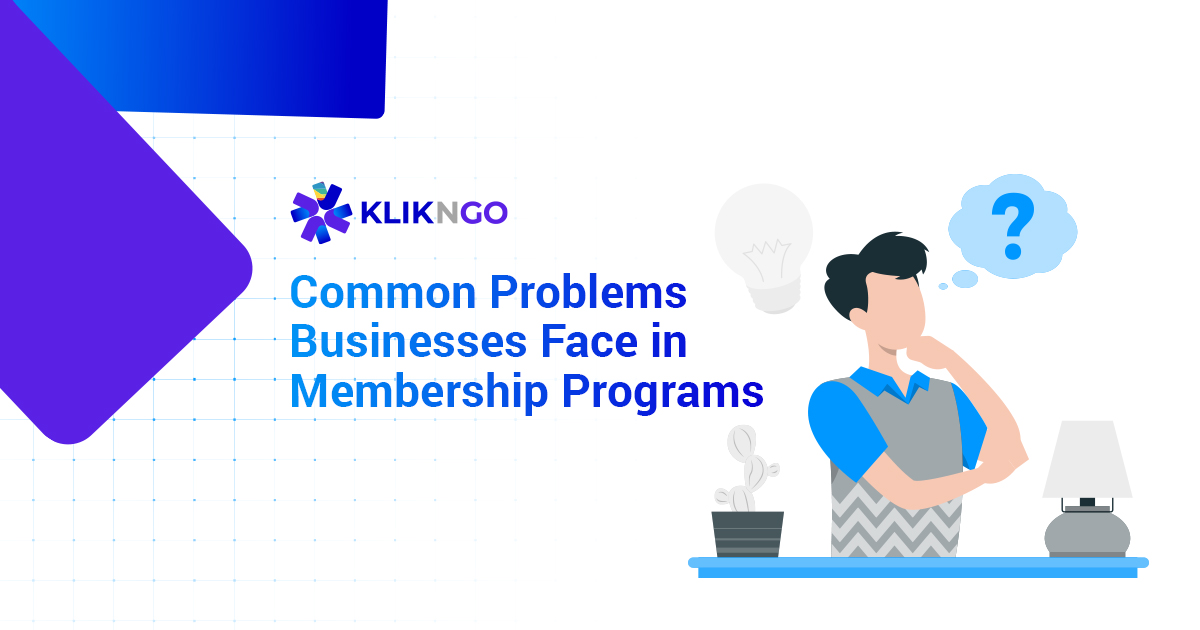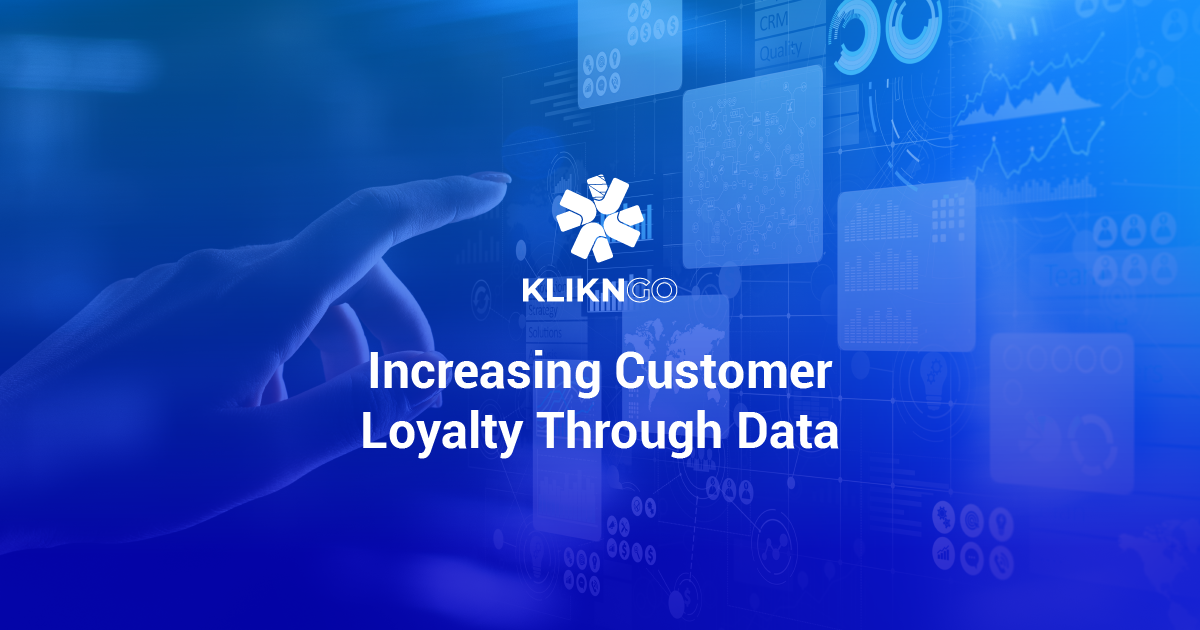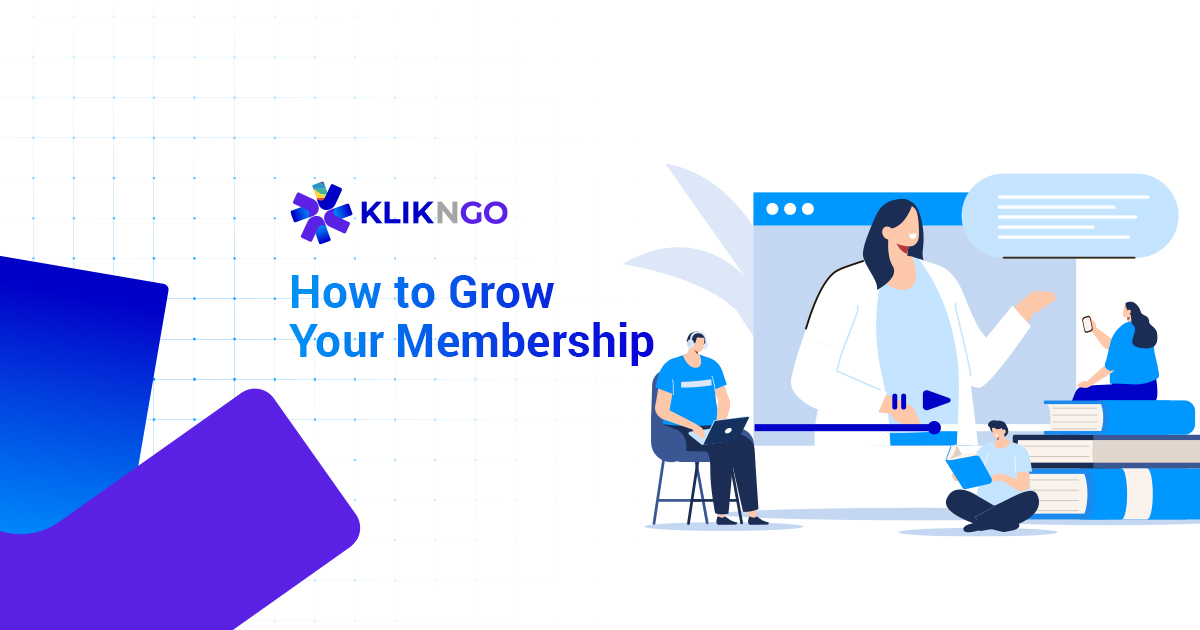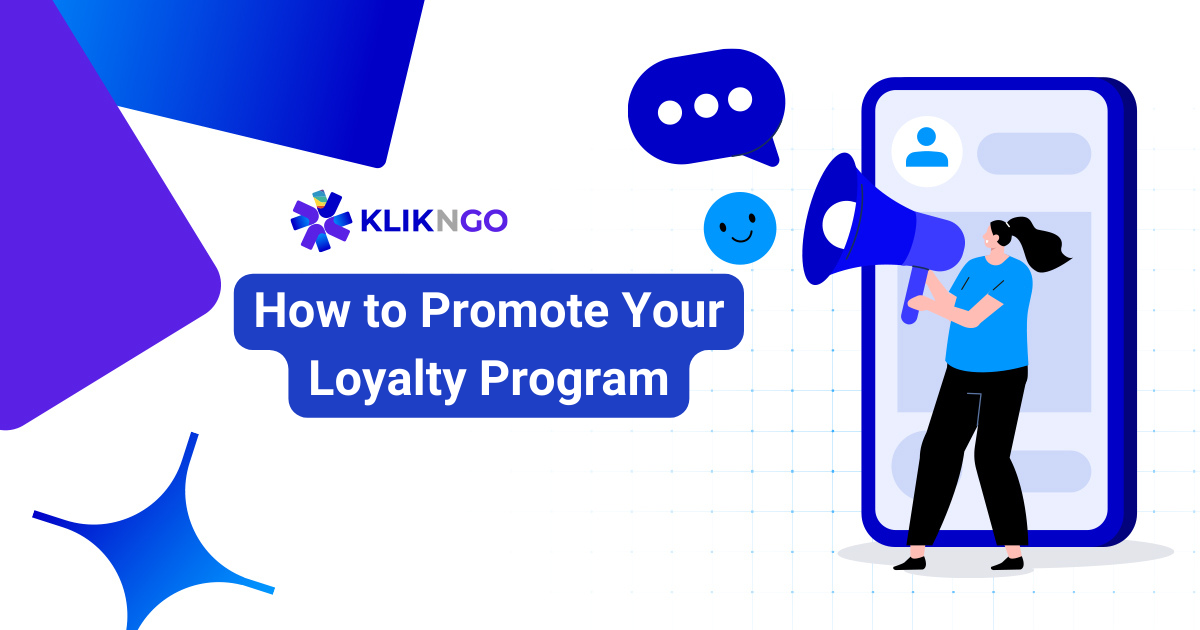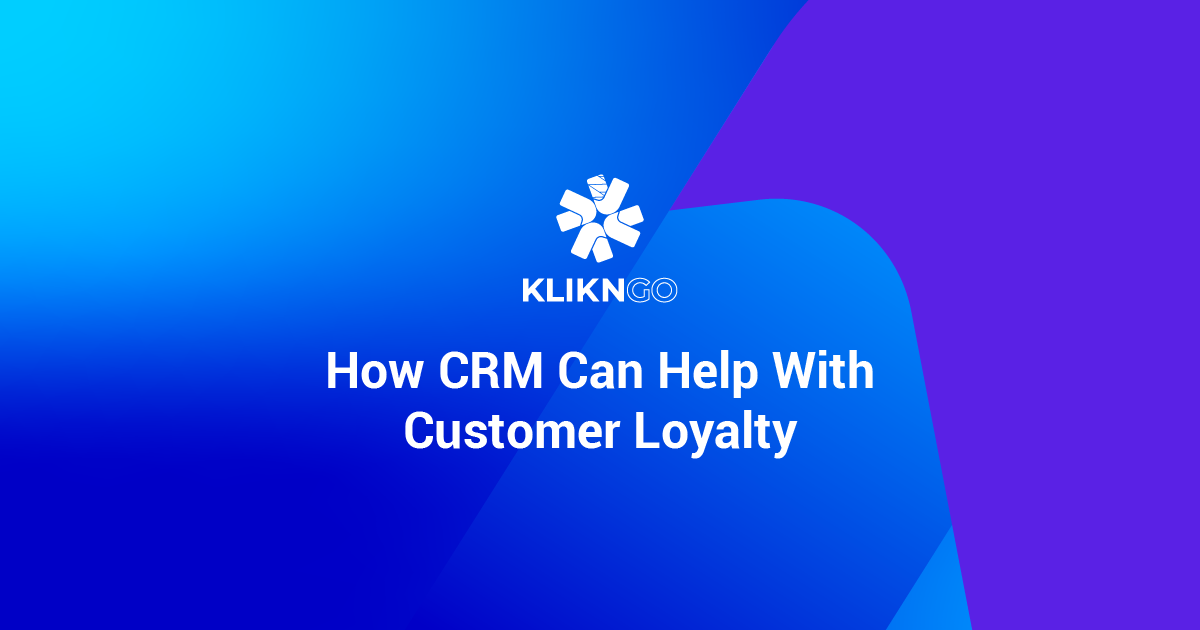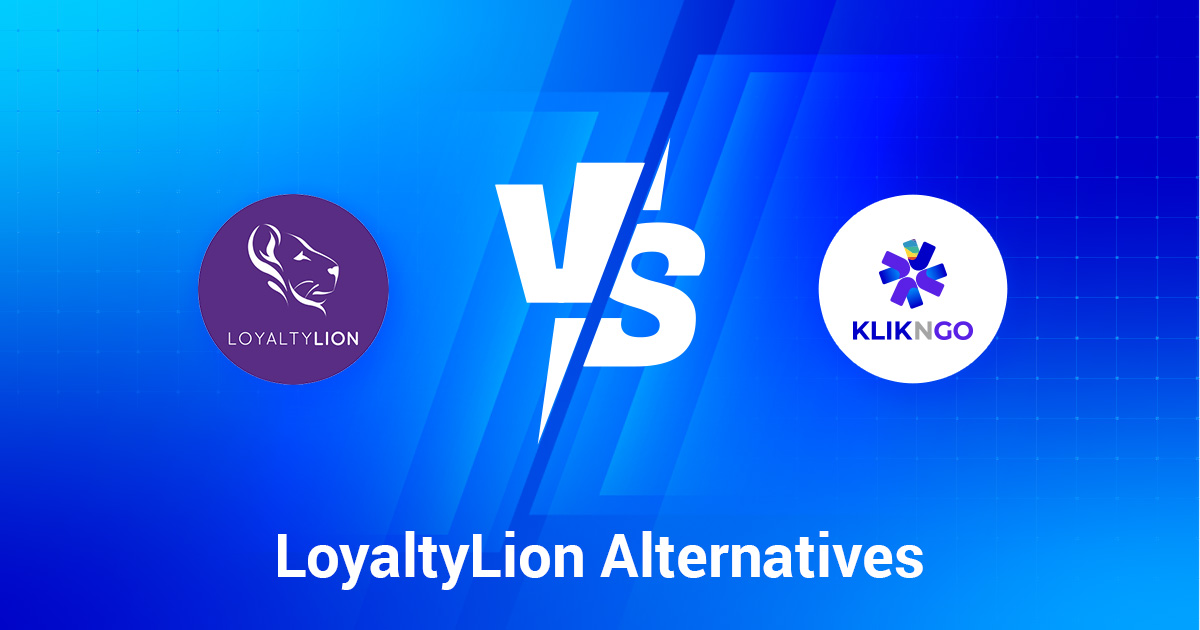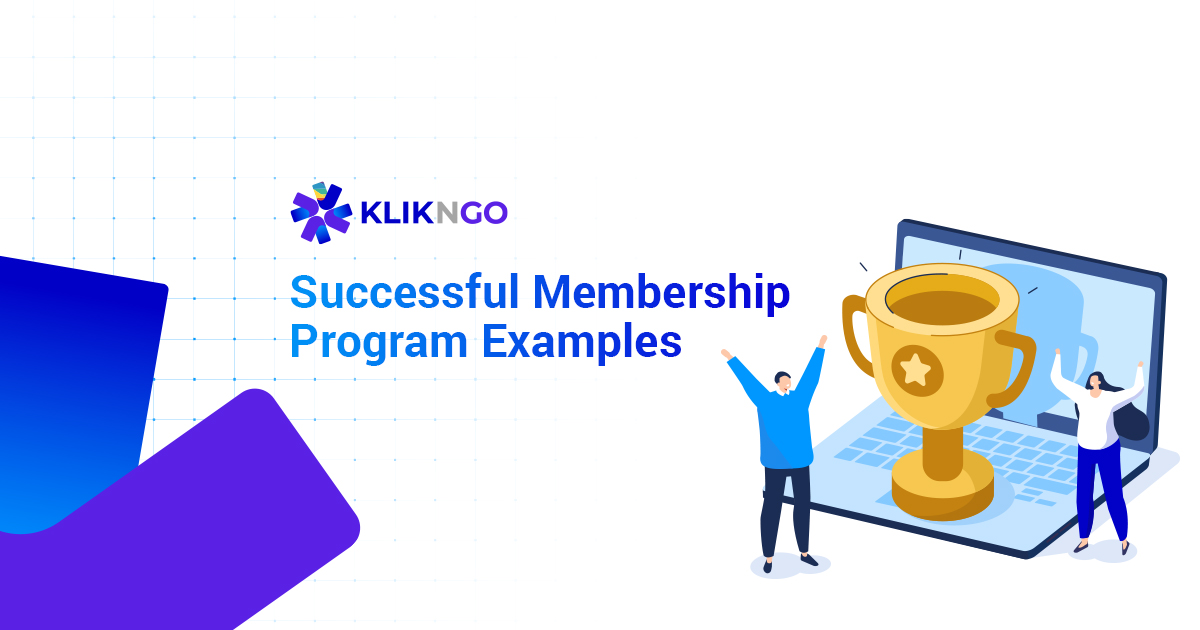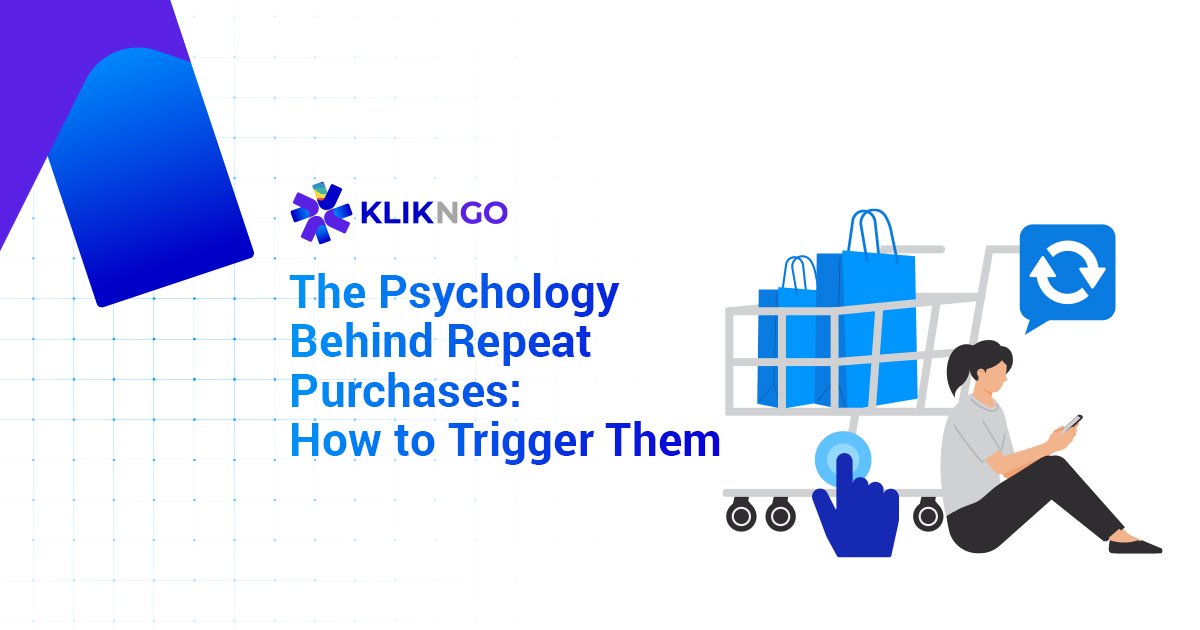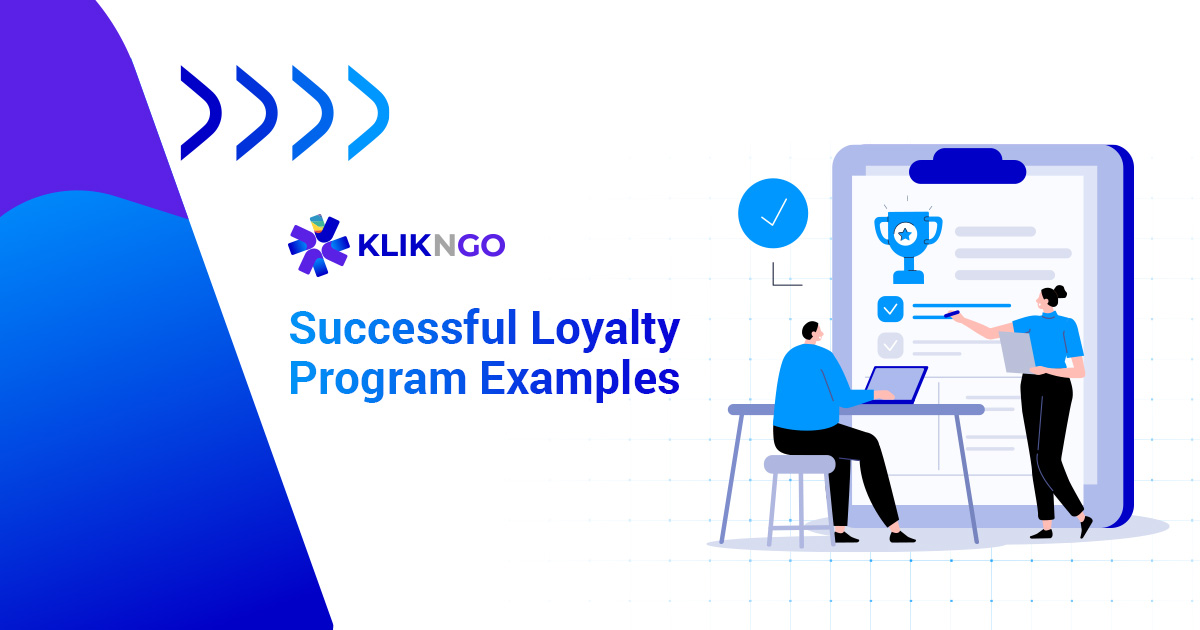Membership programs are a powerful way for businesses to build customer loyalty and drive revenue, but many organizations struggle to maximize their potential.
From overcomplicated structures to a lack of cross-department collaboration, several common issues can hinder the success of these programs.
In this article, we’ll explore some common membership program problems businesses face and offer practical solutions to avoid them!
7+ Common Membership Program Problems To Avoid
Lack of Omnichannel Integration
A common mistake many organizations make is not fully embracing omnichannel integration—especially when it comes to letting customers sign up or redeem benefits both online and offline.
Take, for example, a global hotel membership program. Customers should be able to redeem rewards whether they’re online or in person.
Too often, we see hotels asking members to redeem rewards through the app, and then fill out a form at the front desk. That’s essentially doubling the work for the customer.
A simpler solution could be sending a QR code to their email or app, so they can easily scan it for instant verification.
Another problem is the lack of sign-up options across all channels. While businesses often have sign-up processes on their website or app, they miss opportunities offline.
Adding options like a chatbot for social media sign-ups or kiosks for in-person registration can net you a lot more members organically!
Leaving Out a Free Tier in Your Membership Program
A free tier in your membership program is essential because it acts as a way to attract new members by offering small perks at no cost.
Many businesses focus only on the paid tiers, thinking it will drive more revenue, but this approach can actually discourage sign-ups. People are often hesitant to commit to a paid membership when they haven’t experienced the benefits yet.
A free tier helps “warm them up,” making them more likely to upgrade over time through loyalty-building strategies, like first-time promotions.
A great example of this is hotel loyalty programs, such as Accor’s. Their free tier offers benefits like free Wi-Fi, partner perks, and exclusive offers, allowing customers to enjoy rewards without feeling pressured to upgrade.
They can choose to stay at the free tier, or if they wish, move up to the paid levels for perks like room upgrades, early check-ins, and extended check-outs.
This turned out really well for them, as their revenue has been increasing at a steady pace, since their membership program investments (2018).
Inflexible Tier Benefits
One common issue that can hold back a membership program’s success is inflexible tier benefits.
While getting members to upgrade is important, many loyalty experts make the mistake of focusing too much on offering more rewards in the hope of encouraging upgrades.
Instead, why not improve the member experience and make them want to upgrade on their own?
A great way to do this is by offering flexible tier systems. For example, a hotel membership might offer 5 free nights and 6 airport lounge accesses for platinum members.
But if some members don’t care for airport lounges, it would be helpful to let them exchange those lounge passes for more free nights. It doesn’t have to be a 1:1 exchange; perhaps a 2:1 ratio would work.
Members often upgrade because there’s one or two specific perks they really want, while the other benefits are just nice additions.
If you give them the option to swap those extra perks for something they truly value, they’ll be more likely to upgrade without hesitation.
This creates a win-win: customers get what they want, and you don’t have to spend extra resources to push them into higher tiers.
Lack of Clear Value & Overcomplicated Structure
Many businesses make the mistake of overcomplicating their membership programs with things like minimum spending, points systems, and other complex rules.
While these features may show how sophisticated your loyalty program is, remember that your target audience consists of everyday customers, not loyalty experts. Keep it simple and straightforward.
To make your program clear and easy to follow, stick with the industry standard: offer tiers like bronze, silver, gold, and platinum.
Provide retroactive rewards and create a simple path for customers to upgrade.
Choose just one way for them to level up—whether it’s paying more monthly, earning more points, or meeting a minimum spend. Avoid using multiple methods for upgrading.
Also, make sure the rewards are attractive and laid out properly in each tier – it surprisingly helps with the conversion rate a ton, according to our own experiences.
Engagement Metrics Are Subpar
The next issue that many, if not all membership programs will face is having low engagement metrics. Here are some metrics to look out for:
- Low page-on time.
- Below-average touchpoint frequency.
- Bad redemption rate of benefits.
- Low Net Promoter Score & Referrals
These metrics are important because they have a direct impact on your renewal and retention rates, like we talked about earlier.
When engagement is low, it often means more members become inactive—people who stop engaging are usually the ones who end up dormant.
The solution here is to regularly offer rewards through gamification and loyalty campaigns.
If you’re not familiar with gamification, it’s the use of game-like elements (such as rewards or challenges) to keep people engaged.
You could try things like daily check-ins, fun missions, or even an AR mini-game to get people excited to return.
A great example comes from Shopee, a Singapore-based eCommerce platform.
When they were just starting out and trying to grow their market share, they used gamification to its full potential.
They created a daily “coin shaking” game, where users could earn “Shopee coins” that could be used for discounts at checkout.
The more people shook, the more coins everyone earned.
Eventually, users teamed up with friends and family to shake for coins together, even creating Facebook groups to set up coordinated shaking sessions and maximize their rewards!
If you’re interested, check out our full gamification guide for more information!
Focusing Too Much On New Member Acquisition
This point ties in with the previous one. Many businesses tend to spend most of their budget on acquiring new members for their membership programs, rather than investing in keeping and rewarding their current members.
The truth is, that focusing on retaining existing members is not only cheaper but also more effective.
Existing members are more likely to engage, interact, and renew with your brand. This connects with the earlier point about warming up cold leads—existing members are already “warm” and will appreciate rewards and perks more.
We’re not saying you shouldn’t focus on attracting new members, but consider applying the Pareto Principle, or the 80/20 rule.
It suggests that 20% of your members generate 80% of your revenue, so why not invest more in rewarding those top 20%?
Lack of Cross-Department Collaboration
A common challenge many businesses face with membership programs is a lack of cooperation and effort from other departments.
As loyalty experts, we know there are many factors that contribute to a successful membership program—like the sign-up process, proper staff training, and more.
However, we’ve seen membership programs struggle due to poor collaboration between departments, especially with the operations team.
To be honest, the operations team often has a lot to manage, and integrating things like staff training, QR codes on banners, and maintaining kiosks can be tough.
The biggest issue tends to be staff training. If employees can’t confidently answer questions about the membership program or take a half-hearted approach, it can seriously hurt the program’s success.
That’s why prioritizing staff training is probably the most important thing to focus on.
Need to Fix Your Membership Program Problems?
If you’re facing any issues with your membership program, why not reach out to us for a free, personalized consultation? Just click the button below to send us a message—no strings attached!

